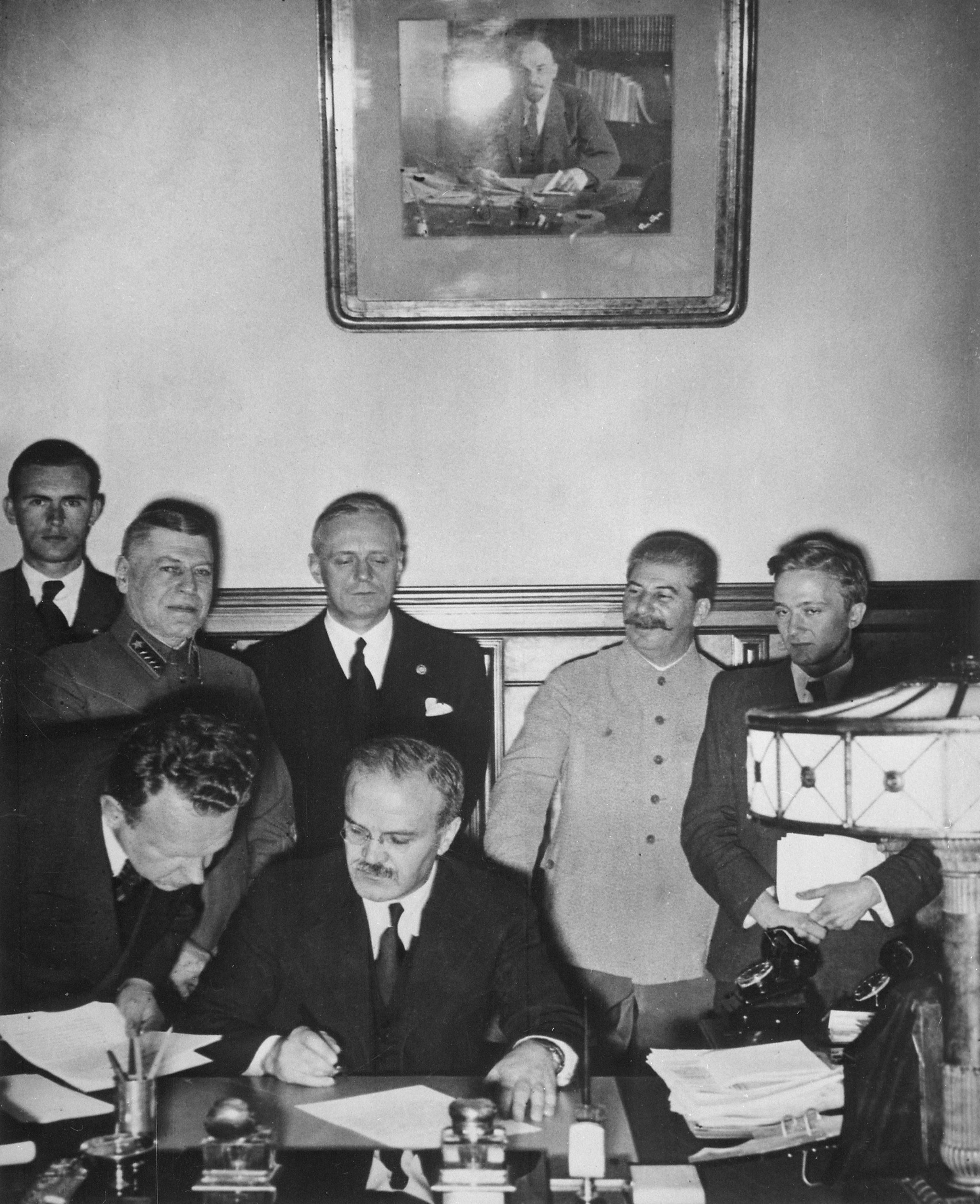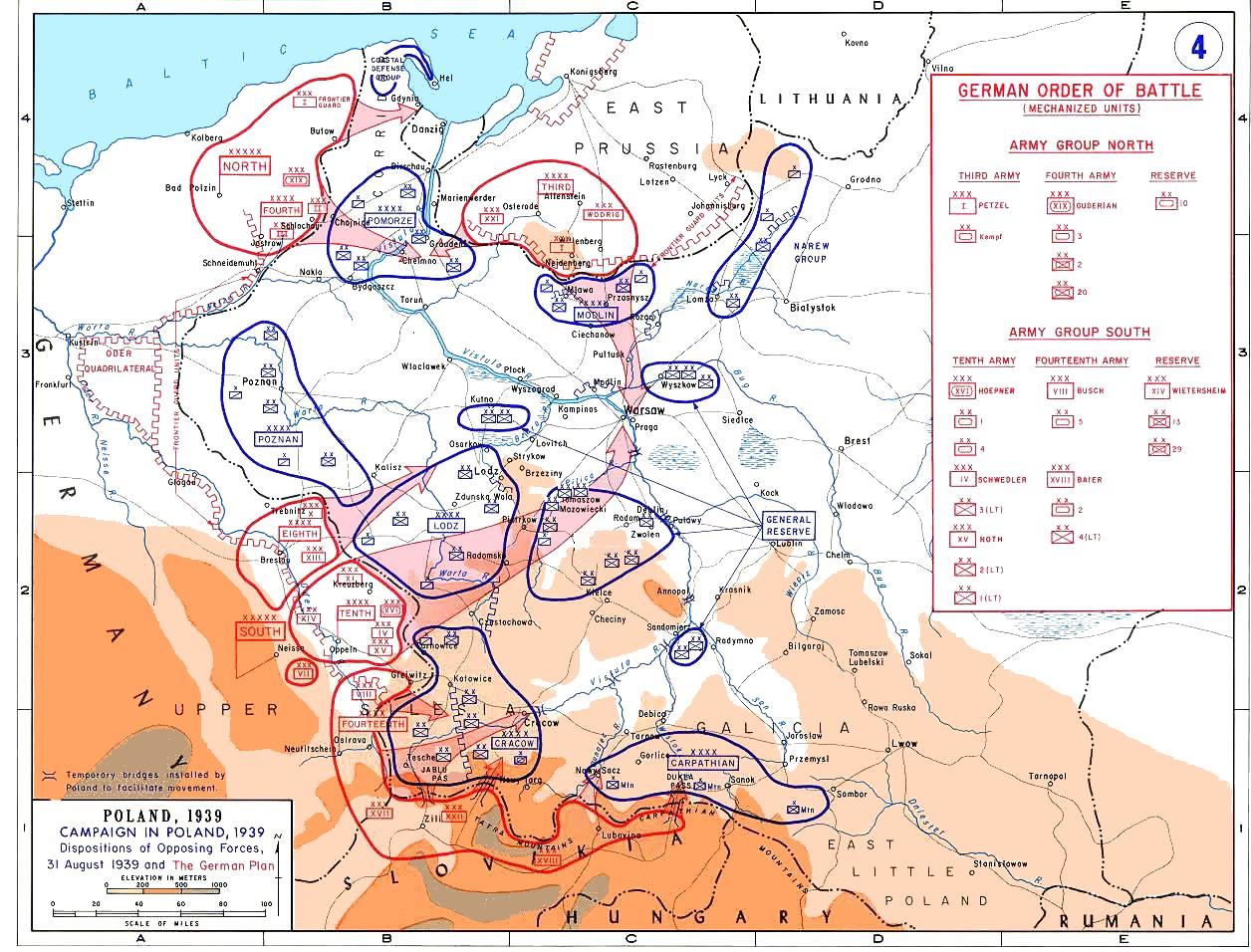|
Battle Of Piotrków Trybunalski
The Battle of Piotrków Trybunalski was a battle in the German Invasion of Poland from the 4 to 6 September 1939, which involved Polish and German tank formations. Opposing forces Polish Army The core of the Polish force consisted of most of Prusy Army's Northern Group. The army, created as the main operational reserve of Polish commander in chief Marshall Edward Rydz-Śmigły, was also the last to be mobilised in the summer of 1939. Intended as a reserve of Łódź Army and Kraków Army, the Prusy Army was to support its neighbours and relieve them once the main German attacks were slowed. However, the Battle of the Border did not gain the Poles enough time to fully mobilise the reserves.Zaloga, S.J., 2002, Poland 1939, Oxford: Osprey Publishing Ltd., While most of Polish Army had been successfully mobilised prior to 1 September 1939, many sub-units of Prusy Army were still being formed or transported. By 4 September 1939, when the German forces broke through the overstr ... [...More Info...] [...Related Items...] OR: [Wikipedia] [Google] [Baidu] |
Invasion Of Poland
The invasion of Poland (1 September – 6 October 1939) was a joint attack on the Republic of Poland by Nazi Germany and the Soviet Union which marked the beginning of World War II. The German invasion began on 1 September 1939, one week after the signing of the Molotov–Ribbentrop Pact between Germany and the Soviet Union, and one day after the Supreme Soviet of the Soviet Union had approved the pact. The Soviets invaded Poland on 17 September. The campaign ended on 6 October with Germany and the Soviet Union dividing and annexing the whole of Poland under the terms of the German–Soviet Frontier Treaty. The invasion is also known in Poland as the September campaign ( pl, kampania wrześniowa) or 1939 defensive war ( pl, wojna obronna 1939 roku, links=no) and known in Germany as the Poland campaign (german: Überfall auf Polen, Polenfeldzug). German forces invaded Poland from the north, south, and west the morning after the Gleiwitz incident. Slovak military forces ... [...More Info...] [...Related Items...] OR: [Wikipedia] [Google] [Baidu] |
1st Panzer Division (Wehrmacht)
The 1st Panzer-Division (short: 1. Pz.Div. german: 1. Panzer-Division, en, 1st Tank Division) was an armoured division in the German Army during World War II. The division was one of the original three tank divisions established by Germany in 1935. It took part in pre-war occupations of Austria and Czechoslovakia and the invasions of Poland in 1939 and Belgium and France in 1940. From 1941 to 1945, it fought on the Eastern Front, except for a period in 1943 when it was sent for refitting to France and Greece. At the end of the war, the division surrendered to US forces in Bavaria. History The 1st Panzer Division was formed on 15 October 1935 from the 3rd Cavalry Division, and was headquartered in Weimar. It was one of three tank divisions created at the time, the other two being the 2nd and 3rd Panzer Division. Earlier in the year, Germany had renounced the Treaty of Versailles, which had forbidden the country, among other things, from having tank forces, a treaty Germany ... [...More Info...] [...Related Items...] OR: [Wikipedia] [Google] [Baidu] |
Opoczno
Opoczno ) is a town in south-central Poland, in eastern part of Łódź Voivodeship (since 1999), previously in Piotrków Trybunalski Voivodeship (1975–1998). It has a long and rich history, and in the past it used to be one of the most important urban centers of northwestern Lesser Poland. Currently, Opoczno is an important road and rail junction; its patron saint is Saint Cecilia, and the town is famous across Poland for its folklore. Location Opoczno lies on the Wąglanka river, in northwestern corner of historic Lesser Poland, on the boundary between Lesser Polish Upland, and Mazovian Lowland. On December 31, 2020, its population was 20,746. The town and its commune have a total area of 190 km2, which makes it one of the largest communes in the voivodeship. In the Polish–Lithuanian Commonwealth, Opoczno was part of Sandomierz Voivodeship, and for centuries was the seat of a large county; in the Second Polish Republic (and from 1950 to 1975), it belonged to Kielce Voi ... [...More Info...] [...Related Items...] OR: [Wikipedia] [Google] [Baidu] |
7TP Tank
The 7TP (''siedmiotonowy polski'' - 7-tonne Polish) was a Polish light tank of the Second World War. It was developed from the British Vickers 6-ton. A standard tank of the Polish Army during the 1939 Invasion of Poland, its production did not exceed 150 vehicles. Its chassis was used as the base for the C7P artillery tractor. Design The 7TP was the Polish development of the British Vickers 6-ton Mark E tank licence. Comparing to Vickers, the main new features of 7TP were: a better, more reliable and powerful diesel engine, a 37 mm anti-tank gun, thicker armour (17 mm instead of 13 mm on the front), modified ventilation, the Gundlach tank periscope, and a radio. About 132 tanks were produced between 1935 and the outbreak of the war, plus four iron prototypes. The designation 7TP meant "7 Tonne, Polish" (in fact its weight increased to 9 tonnes after the initial prototype). Although 7TP is often claimed to be the world's first (production) diesel-powered tank, th ... [...More Info...] [...Related Items...] OR: [Wikipedia] [Google] [Baidu] |
Koluszki
Koluszki is a town, and a major railway junction, in central Poland, in Łódź Voivodeship, about 20 km east of Łódź with a population of 12,776 (2020). The junction in Koluszki serves trains that go from Warsaw to Łódź, Wrocław, Częstochowa and Katowice. It is also connected to Radom and Lublin by an eastbound line. History Koluszki was first mentioned in 1399, when it was part of the Jagiellonian-ruled Kingdom of Poland. In the 14th and 15th century, it prospered along the trade route between Gdańsk and Ruthenia. By 1790, there was a grist mill, sawmill, brewery, and inn. Under the Second Partition of Poland in 1793, the settlement was annexed by Prussia. It was regained by Poles and included in the short-lived Duchy of Warsaw in 1807, and afterwards it became part of Congress Poland following the Congress of Vienna in 1815, later forcibly integrated into Russia. On September 2, 1846, the settlement was first connected to the emerging Polish railways as part of ... [...More Info...] [...Related Items...] OR: [Wikipedia] [Google] [Baidu] |
13th Infantry Division (Poland)
{{unreferenced, date=August 2009 13th Kresy Infantry Division (Polish: ''13 Kresowa Dywizja Piechoty'' french: 13e Division d'Infanterie de Kresy) was a unit of the Polish Army in the interbellum period. Its origins go back to the World War I, when in June 1918 the 1st Division of Polish Rifles (''1 Dywizja Strzelców Polskich'', ''1re Division de Fusils Polonais'') was formed in the French town of Villers-Marmery. On July 8, 1918, the Division consisted of 227 officers and 10.000 soldiers, and it had been planned to be used in French attack on the German town of Saarbrücken, in the fall of 1918. Armistice, signed in November 1918, changed those plans. On September 9, 1919, the unit, after having been transformed to Poland, was renamed by Józef Piłsudski into 13th Infantry Division. Soon afterwards, it took part in the Polish-Soviet War, after which it was garrisoned in Rowne and other Volhynian towns, such as Dubno, Brody, Lutsk and Wlodzimierz Wolynski. Invasion of Poland ... [...More Info...] [...Related Items...] OR: [Wikipedia] [Google] [Baidu] |
Kraków Army
Kraków Army ( pl, Armia Kraków) was one of the Polish armies which took part in the Polish Defensive War of 1939. It was officially created on March 23, 1939 as the main pivot of Polish defence. It was commanded by Gen. Antoni Szylling. Originally, Kraków Army was to be made of seven infantry divisions, two cavalry brigades and one mountain brigade. On September 1, 1939, General Szylling had the force which consisted of five infantry divisions, two cavalry brigades and one brigade of mountain infantry. Altogether, the army was made of 59 battalions, 29 squadrons, 352 cannons, 90 tanks, two armoured trains and 44 planes. These forces were not enough to halt German advance, especially in the area north of Częstochowa, where Kraków Army connected with Łódź Army. Main thrust of Wehrmacht panzer units was directed there, and this area was defended only by the Polish 7th I.D., which was destroyed in the early days of September 1939, opening the way towards central Poland. Creati ... [...More Info...] [...Related Items...] OR: [Wikipedia] [Google] [Baidu] |
Łódź Army
Łódź Army ( pl, Armia Łódź) was one of the Polish armies that took part in the Invasion of Poland of 1939. It was officially created on 23 March 1939 with the task of filling the gap between Poznań Army in the north and Kraków Army in the south. Commanded by Juliusz Rómmel, it consisted of five infantry divisions and two cavalry brigades with support from the air force. Tasks The army's task was to fill the gap between Army Poznań in the north (defending Greater Poland under general Tadeusz Kutrzeba) and Army Kraków in the south (operating in Silesia and Lesser Poland under general Antoni Szylling), prevent enemy attacks in the direction of Łódź and Piotrków Trybunalski and if possible, advance towards Sieradz. It was also to cover the mobilization of a reserve Prusy Army behind the Polish lines. Because of that, the main strategic purpose of the army was to gain time and offer delaying actions and harsh resistance on the expected main German offensive line ... [...More Info...] [...Related Items...] OR: [Wikipedia] [Google] [Baidu] |
Edward Rydz-Śmigły
Marshal Edward Rydz-Śmigły (11 March 1886 – 2 December 1941; nom de guerre ''Śmigły, Tarłowski, Adam Zawisza''), also called Edward Śmigły-Rydz, was a Polish politician, statesman, Marshal of Poland and Commander-in-Chief of Poland's armed forces, as well as a painter and poet. During the interwar period, he was an exceptionally admired public figure in Poland and was regarded as a hero for his exemplary record as an army commander in the Polish Legions of World War I and the ensuing Polish–Soviet War in 1920. He was appointed Commander-in-Chief and Inspector General of the Polish Armed Forces following Marshal Józef Piłsudski's death in 1935. Rydz served in this capacity at the start of World War II during the invasion of Poland. When war loomed, political differences fell away and defense became the national priority. Consequently, Rydz's stature eclipsed even that of the president. The shock of the Polish defeat made objective evaluations of his legacy d ... [...More Info...] [...Related Items...] OR: [Wikipedia] [Google] [Baidu] |
Marszałek Polski
Marshal of Poland ( pl, Marszałek Polski) is the highest rank in the Polish Army. It has been granted to only six officers. At present, Marshal is equivalent to a Field Marshal or General of the Army (OF-10) in other NATO armies. History Today there are no living Marshals of Poland, since this rank is bestowed only on military commanders who have achieved victory in war. Recently, however, the rank of four-star with modernized name Generał has been introduced, and on August 15, 2002, was granted to Czesław Piątas, at present civilian, former Chief of the General Staff of the Armed Forces of Poland. List of Marshals In all, the following people have served as Marshals of Poland Poland, officially the Republic of Poland, , is a country in Central Europe. Poland is divided into Voivodeships of Poland, sixteen voivodeships and is the fifth most populous member state of the European Union (EU), with over 38 mill .... References {{DEFAULTSORT:Marshal Of ... [...More Info...] [...Related Items...] OR: [Wikipedia] [Google] [Baidu] |

.jpg)



